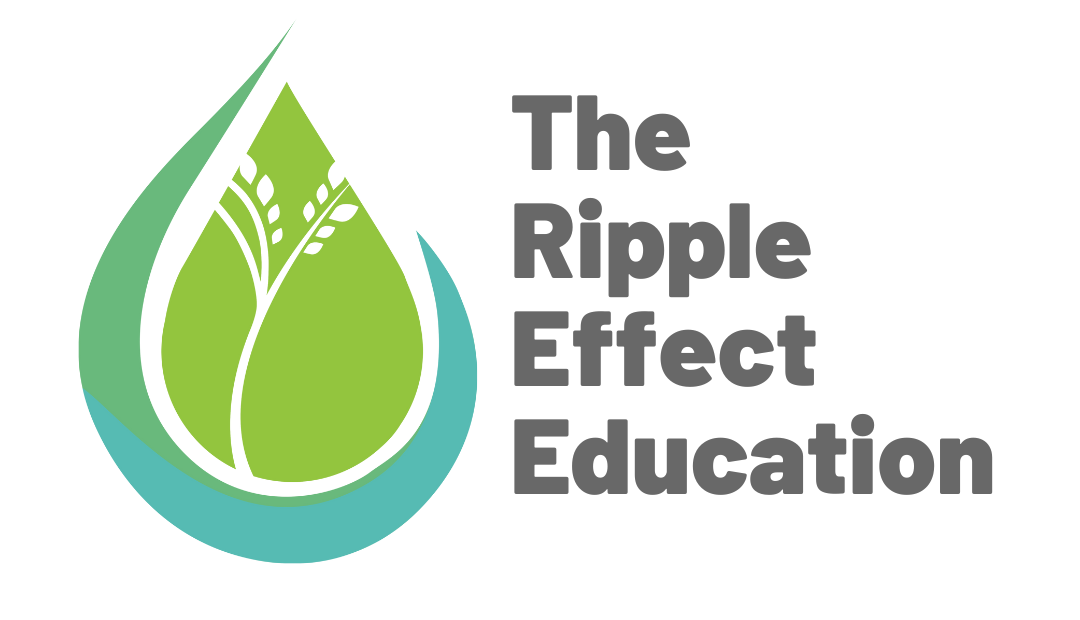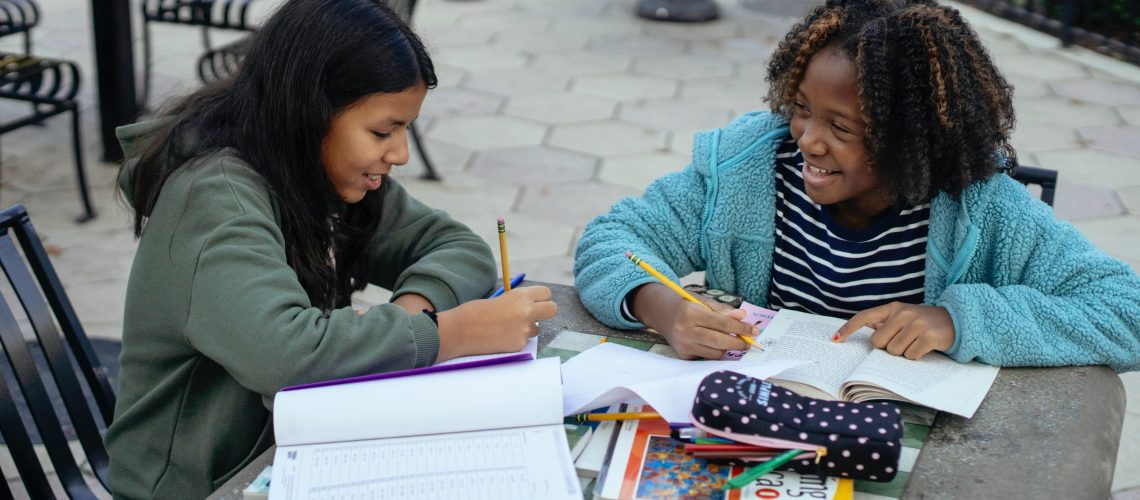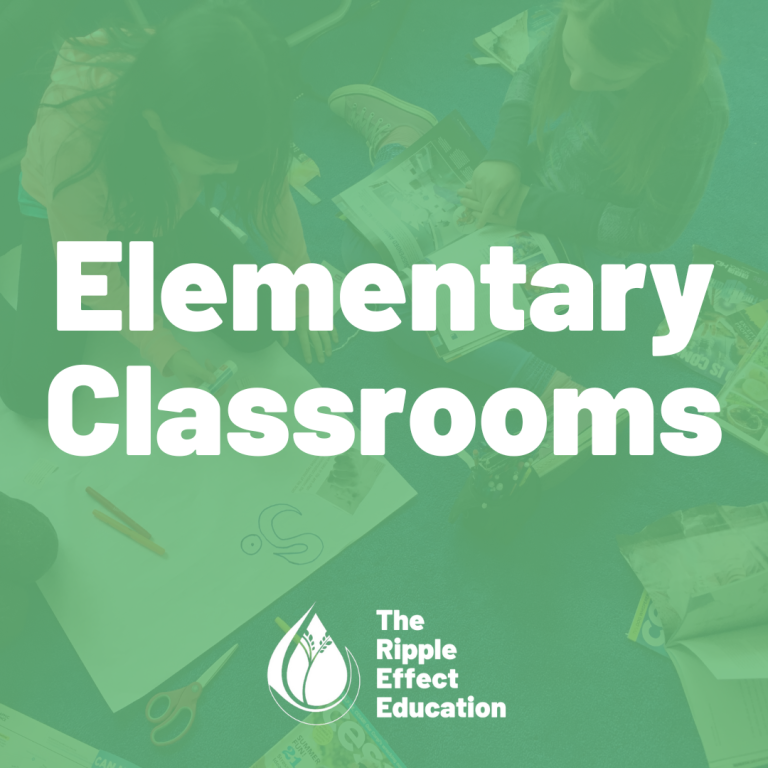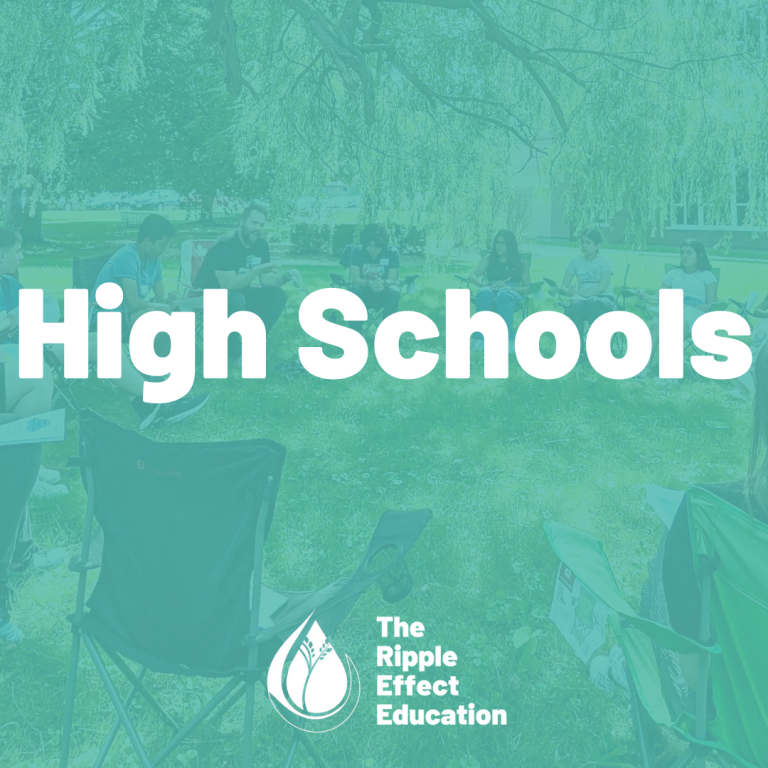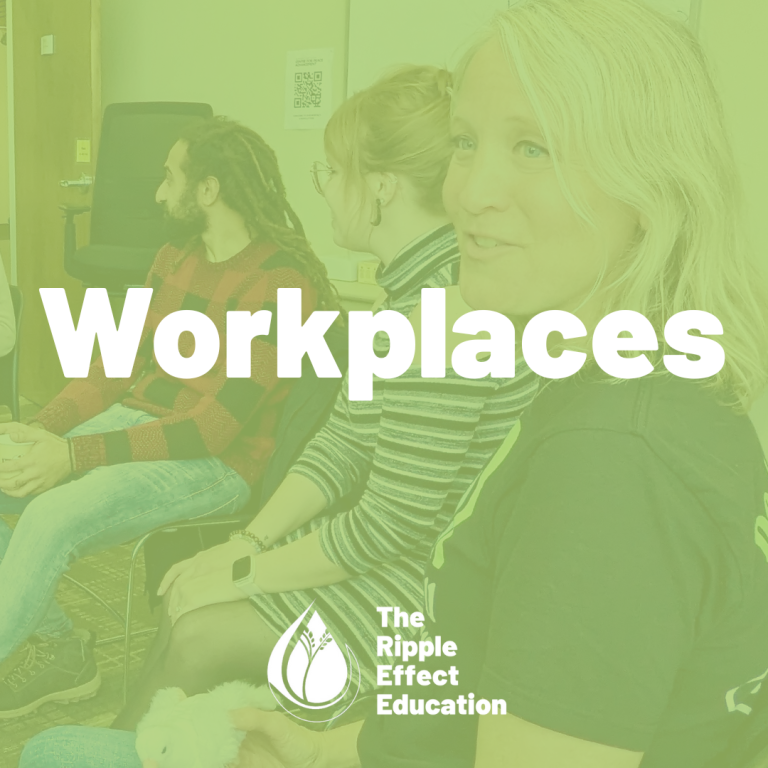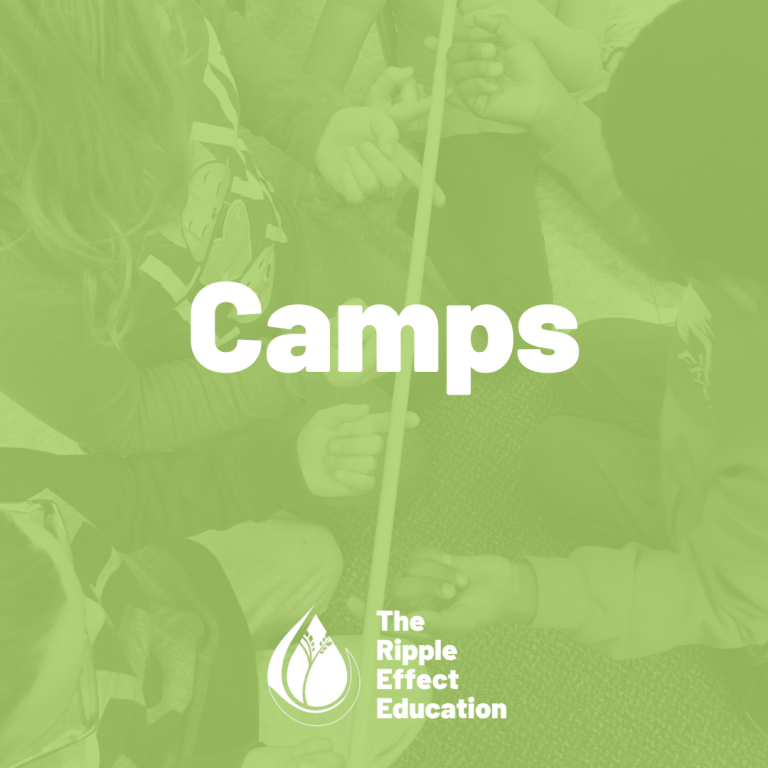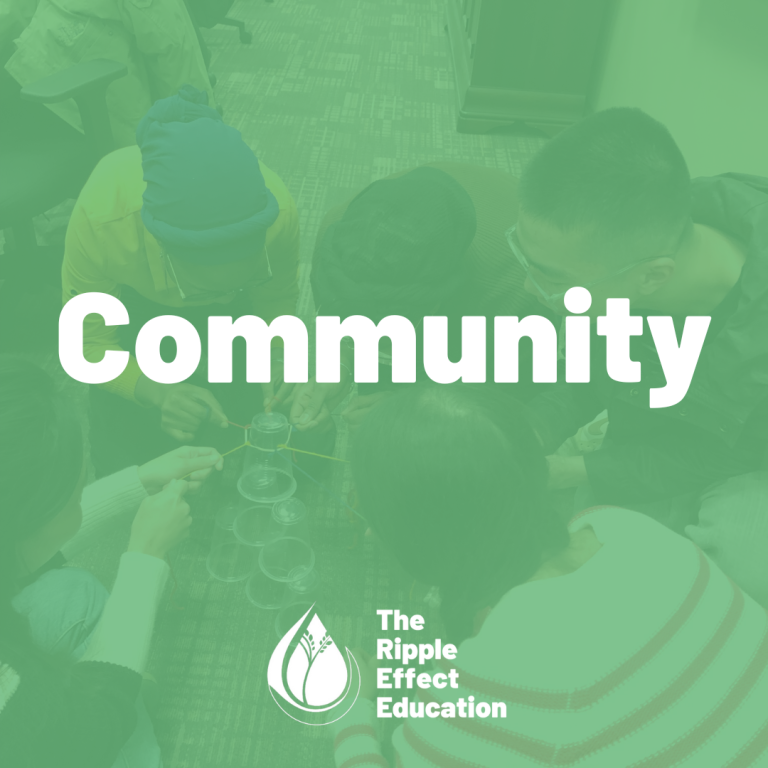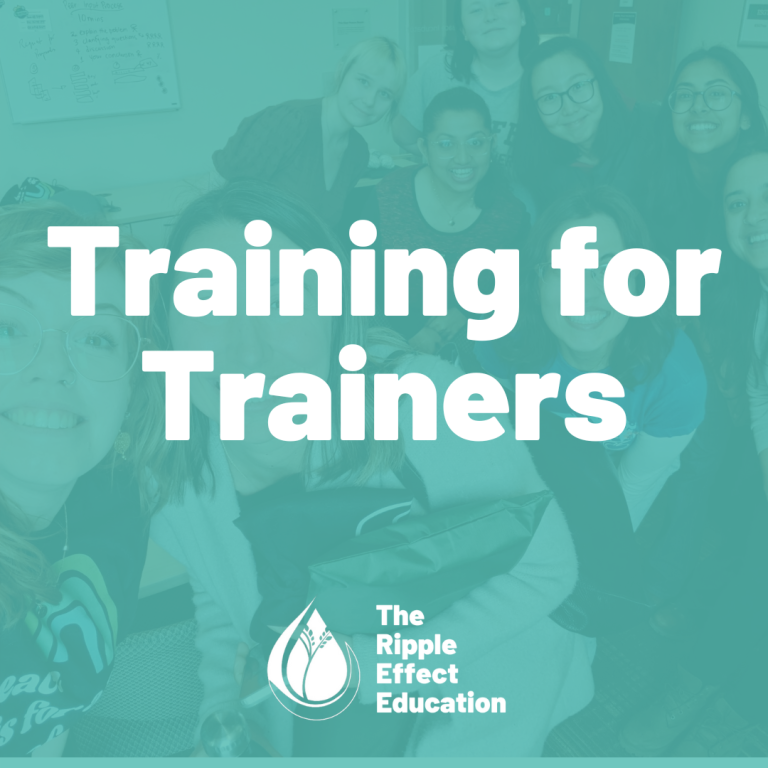“Make sure you have strategies to maintain authority in the classroom.”
“You can’t let your students walk all over you.”
“You’re their teacher, not their friend.”
As a Teachers College student, these are phrases I’ve heard from various educators. I’ve received several assignments focusing on how to establish classroom expectations on the first day of school. I understand the reasoning; we have to start somewhere with our students, and we can’t predict our students’ needs and personalities before we get to know them.
Yet, I find myself contemplating the role of the teacher and student when setting the stage for the school year, especially when students are most impacted. Choosing to have the final say about classroom culture might make our jobs easier, however we might do better by our students in cultivating a learning space that is more than just about rules to follow. With the right tools, classrooms can be a brave place for students to explore their identity, challenge norms, show up in their values, and develop their own autonomy.
So how exactly can we make a space that is inclusive of every student? How can we address each student’s needs while still providing a balanced education for all?
The pressure might not be as much on educators as we may think; ultimately, the benefits come from the mere process of creating the space.
In one study conducted on how students perceived their school experience, it was found that “students recognized in themselves and their peers an ability to actively participate in shaping the school’s space. This is despite certain obstacles to student involvement that derive in part from the diversity and marginalization of the student population” (Butler et al., 2017). While some ‘negative’ aspects of their school space were identified, those interviewed also “proposed student-led solutions” (Butler et al., 2017).
Evidently, students have the capacity to identify their own position within the school. They can identify what makes them feel safe, and if there are things that don’t, they have ideas for how to make improvements. As educators we can recognize and foster our students’ existing motivations to take ownership within a place where they spend so much time and hold much influence.
A pedagogical method often used in elementary classrooms is inquiry-based learning. This approach “places students’ questions, ideas, and observations at the centre of the learning experience [which establishes] a culture where ideas are respectfully challenged, tested, redefined and viewed as improvable, moving children from a position of wondering to a position of enacted understanding and further questioning” (Ontario Ministry of Education, 2013).
Why are we, at TREE, writing about this type of learning, and how do we foster it? Perhaps this concept of giving students a place to explore, respectfully ask questions, and find out how to get their own answers is where peace education comes in. At TREE, we equip students with the tools they need to challenge the thinking that “this is just the way things are”, and instead ask, “how can things be different?”, empowering students to create positive change for themselves and others.
Below are some ways to cultivate and include participant and student voices to collaboratively transform conflict and spaces in their own lives and out toward their communities:
- Break students into small groups to describe what makes them feel safe, either through discussion, drawing, or writing. Notice when different perspectives come up – rather than change the subject, try going deeper, and notice the various leadership skills students demonstrate in these conversations. TREE’s leadership map helps students map out these skills and identify their strengths and areas of growth.
By encouraging students to reflect upon and become more balanced in their leadership skills, they become more equipped to transform their classrooms and communities. - Present a statement describing a scenario relevant to students’ lives and have students discuss the different perspectives involved using curious reframing. By communicating information with curiosity and seeking to understand, students focus less on the negative or “unsolvable” and direct their energy on peaceful, constructive resolutions.
Remember, these scenarios should be generated through a trauma-informed approach. It’s ok if they’re based on students’ lives, but make sure they aren’t discussed as a hypothetical so that students feel represented, rather than ostracized. - Have weekly “class meetings” where each student has an opportunity to bring forward feelings, successes, concerns, or questions guided by the Three E’s model. This encourages students to think critically and further investigate the issues that matter most to them, while also considering the impact of their actions on the classroom and beyond.
Empowering our students by giving them tools for safe identity exploration can have much richer results. Learning becomes active, engaging, and multi-dimensional, rather than a one-sided perspective that does more harm than we might realize. The following quote is worth reflecting upon as we finish the school year, and think about how we might establish inclusive and collaborative classroom cultures when the new year begins.
“Pedagogy should be centered around trauma healing and the holistic self. Allowing students to understand their identity, uniqueness, and worth. Fueling an inner fire to inquire and change their communities”. (Jorge Santos, 2021).
How do you shape your classrooms for conflict transformation? Tell us in the comments!
References
Butler, J.K., Kane, R.G., Morshead, C.E. (2017). “It’s my safe space”: Student voice, teacher education, and the relational space of an urban high school. Urban Education, 52(7), 889-916.
Ontario Ministry of Education. [2013]. Capacity building series – Inquiry-based learning. Retrieved from the Ontario Ministry of Education website: http://www.edu.gov.on.ca/eng/literacynumeracy/inspire/research/capacityBuilding.html
Santos, J. [@restoringracialjustice]. (2021, February 20). Pedagogy should be centered around trauma healing and the holistic self. Allowing students to understand their identity, uniqueness, and worth [Quote]. Instagram. https://www.instagram.com/p/CLhXoS2hg_4/
Cover photo by Mary Taylor from Pexels
 Haley Bauman is a graduate from the University of Waterloo with a BA in Therapeutic Recreation. During her undergrad, Haley completed a placement at a high school in Brampton that helped her discover her passion for working with children and youth in urban schools. Haley is currently pursuing her Bachelor of Education from Western University with a specialty in Urban Education. She is excited to be involved with TREE and learn more about social justice in education contexts.
Haley Bauman is a graduate from the University of Waterloo with a BA in Therapeutic Recreation. During her undergrad, Haley completed a placement at a high school in Brampton that helped her discover her passion for working with children and youth in urban schools. Haley is currently pursuing her Bachelor of Education from Western University with a specialty in Urban Education. She is excited to be involved with TREE and learn more about social justice in education contexts.
